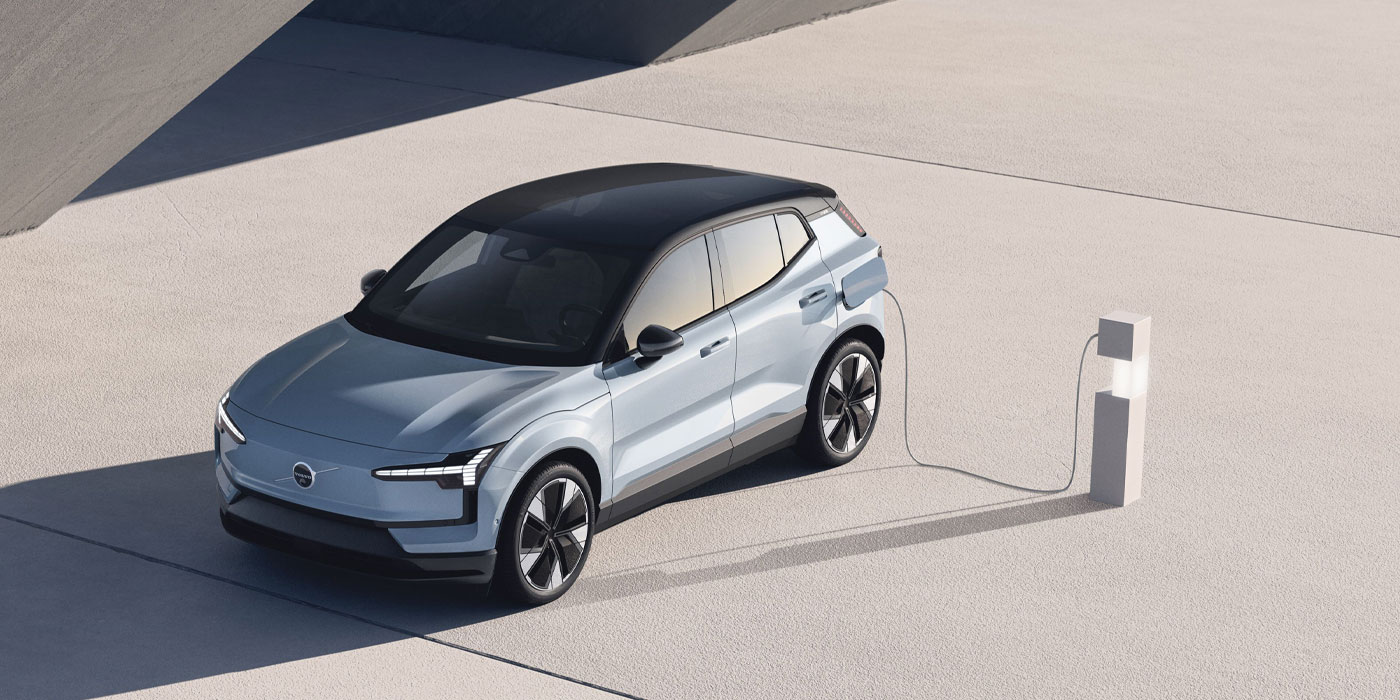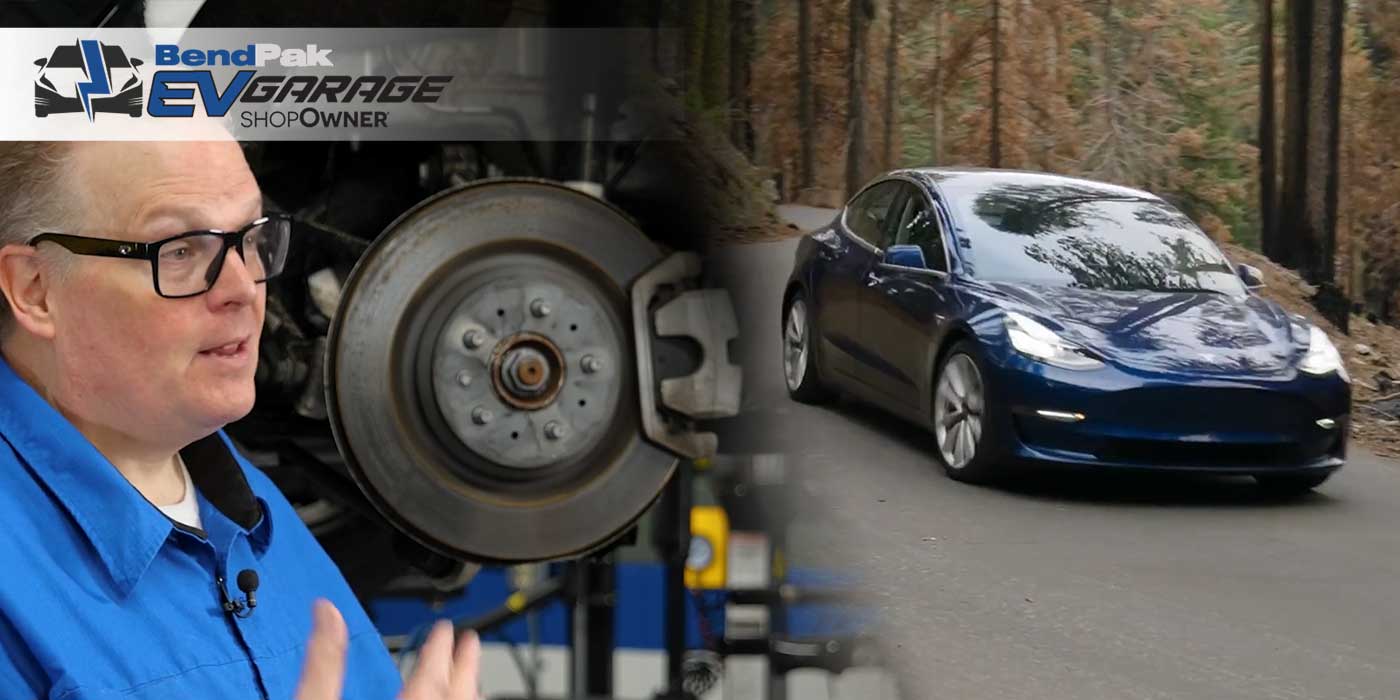When we talk about “futuristic vehicles,” there’s this acronym that you might be aware of called CASE. It stands for Connectivity – being connected to the world around you, receiving signals from other vehicles and infrastructure like traffic lights; Autonomy – vehicles running routes without a driver; Shared – think services like Uber and Lyft and ride-pooling, or in the case of logistics, sharing freight space within a single trailer; and Electrification – of course, battery-powered vehicles.
All of these are ramping up in the 2020s, but today we’re talking about the inexplicable link between two of them: Autonomy and Electrification. Pay attention to the autonomous vehicles being developed in the marketplace and you’ll notice that more often than not they are spec’d with a battery-electric powertrain.
Uber Eats went this route with its autonomous delivery vehicle, now making deliveries in Houston, TX, and Mountain View, CA; Zeekr went this route with its autonomous ride-hailing fleet being co-developed with autonomy provider Waymo; Holon, a new brand from the Benteler Group, went this route when it presented its autonomous, fully electric “people mover” at CES 2023. I could go on, but I think you get the picture.
So, why is this? It’s tempting to chalk this up to EVs simply being the shiny baubles of the day, but, as it turns out, there’s actually a really good reason that manufacturers generally choose all-electric powertrains for their autonomous creations: Stability and reaction time.
Want more EV Impact Show? Click here.
Autonomous vehicles are covered in sensors, and require the latest computer hardware to interpret the onboard data in near-real time. This draws a ton of electric power, and an all-electric battery pack can not only provide this power, but keep the stream much more steady and stable when compared to an ICE engine.
Consider latency issues, too. Electric propulsion systems just naturally have lower latency when accelerating – this is partly why you feel that instant torque in an EV. So, by design, an all-electric autonomous vehicle will have a lower delay when making decisions, which is obviously crucial for autonomy.
Another point of interest? Sustainability. EVs are already being developed, in part, to be more sustainable. Why not take this the extra mile via autonomy, having a computer calculate exactly the right times to stop and start to maximize productivity and energy conservation efforts?
Really, though, at the end of the day, manufacturers of autonomous vehicles need the simplest integration possible, so there are the fewest possible issues that can cause the system to become less stable and, worst case, unsafe. And today, electric vehicles are the answer to that stability.













